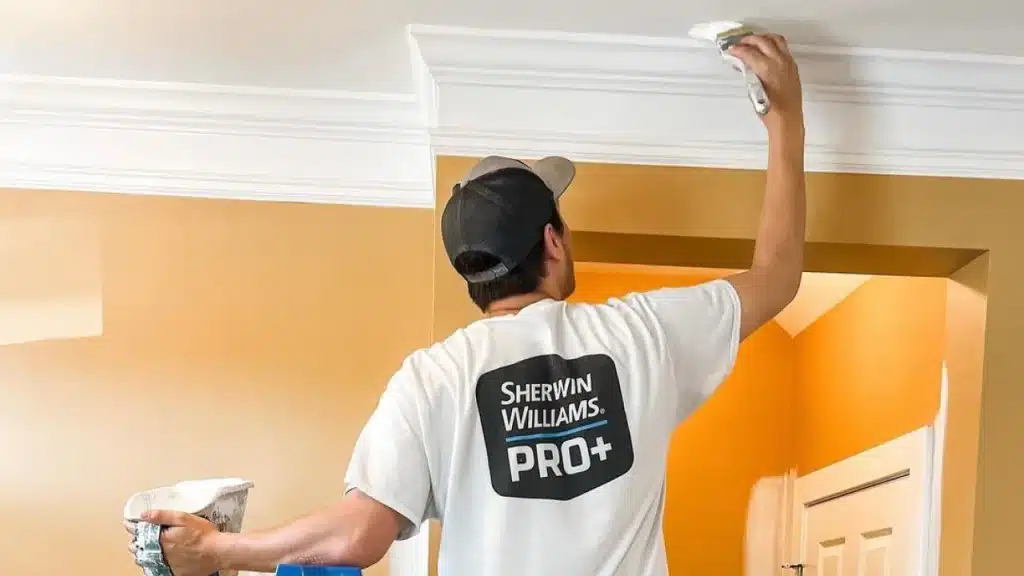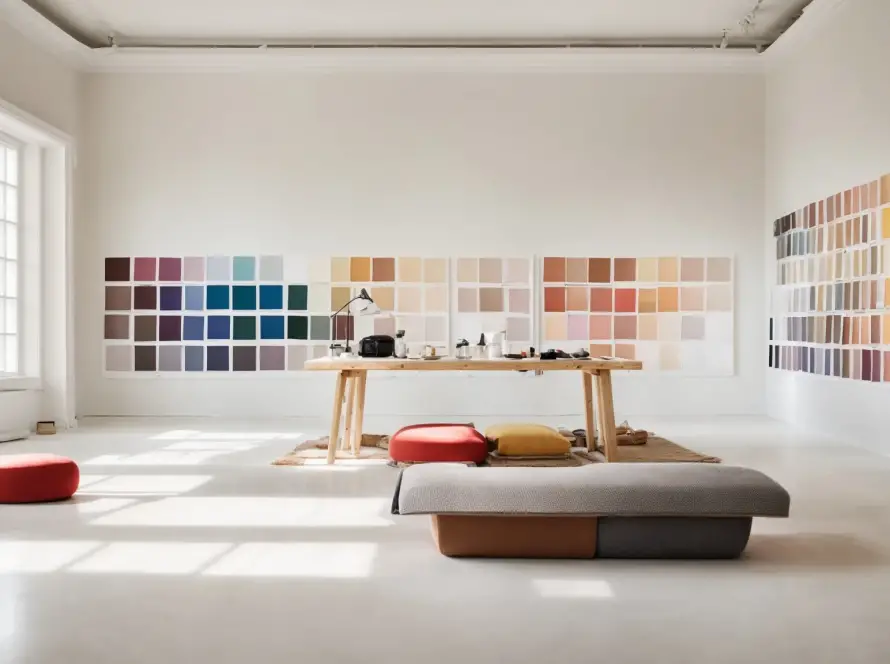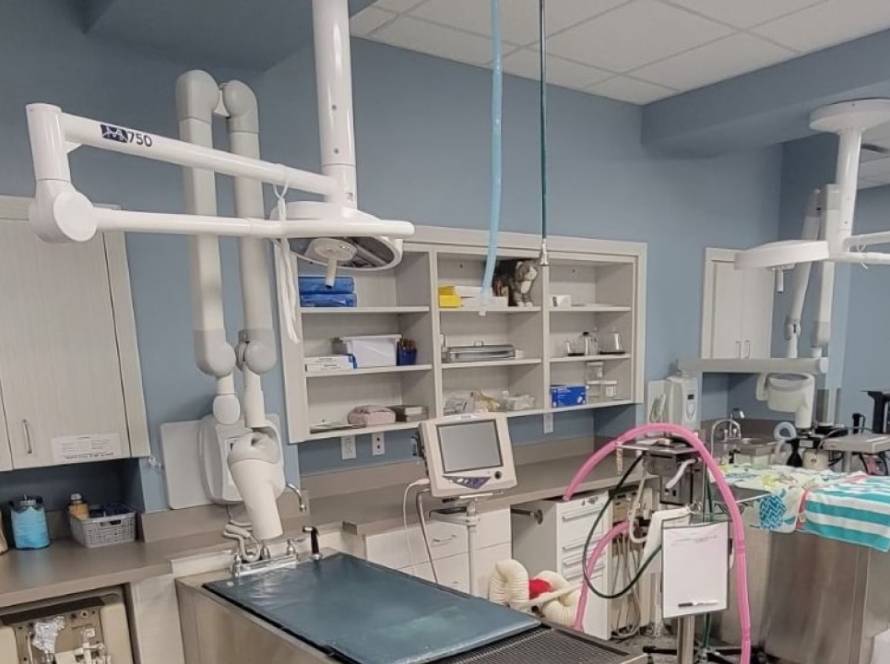Mount Pleasant winters can look calm from the outside, but inside many homes, winter is harder on walls than it appears. Moisture gathers quietly behind trim, paint begins to lift, and ceilings take on faint stains that don’t appear until spring.
When warm indoor air meets cold walls, condensation builds up. That water seeps through layers of paint and primer, softening the surface. This causes peeling, cracking, or mold growth over time. This is common in older homes near Mathis Ferry Road where air circulation is often poor.
But with the right preparation, your walls can stay as smooth in February as they were in June. For anyone planning a seasonal refresh, the experienced interior painters in Mount Pleasant share proven ways to protect your home before moisture becomes a problem.
Understanding Mount Pleasant’s Winter Climate

Temperatures in the Lowcountry drop at night, then climb again under the afternoon sun. Humidity rarely falls below 65%, and salt air drifts inland from the harbor. These subtle but constant shifts in temperature and pressure affect interior walls and paint layers.
Old Village cottages and homes near the marshes of I’On feel it most. When the outside air cools faster than interior surfaces, moisture is drawn toward ceilings and walls. That dampness settles under paint layers, where it causes bubbling and discoloration. Even newer homes near the Ravenel Bridge can face this if ventilation isn’t steady.
The mix of humidity and temperature swings makes paint one of your home’s most vulnerable features. Spotting early damage helps prevent costly repairs later.
Common Signs of Winter Paint Damage

Signs that moisture is at work include a fine crack near a windowsill, a patch of darker color on the ceiling, or a faint musty odor.
As the season continues, paint may start to peel or bubble, especially around window trim and baseboards. Homes near Rifle Range Road or the Boone Hall area often experience this because of the marsh air. Ceiling corners might look shadowed or uneven. In bathrooms and kitchens, mildew forms faster when humidity stays trapped after showers or cooking.
If you notice any of these signs, it’s worth having an expert interior painter in Mount Pleasant inspect your walls before repainting.Catching the problem early prevents peeling from spreading to larger wall areas.
Choosing Paints That Protect Against Moisture

The type of paint you choose matters more in Mount Pleasant than in most places. Paints that can flex and breathe are better suited for our coastal climate. Satin and semi-gloss finishes are ideal for high-humidity rooms because they provide a smooth surface that resists moisture and is easy to clean.
A high-quality primer is just as important. It seals tiny pores in drywall or plaster and gives the topcoat a uniform base. In older homes near Whilden Street, primer also stops salt and moisture from getting into the plaster walls.
Use mildew-resistant coatings or paints with built-in antimicrobial protection when possible. These formulas reduce the risk of hidden mold in corners or behind cabinets. For fresh design ideas that also protect your home, see our related article about interior paint updates for Mount Pleasant.
Preparation and Prevention Tips from Professionals

Before Painting
Start by checking for damp spots or musty smells near windows, baseboards, and closets. Clean these surfaces with mild detergent and let them dry completely. Seal cracks or gaps with a flexible, paintable caulk that moves with seasonal expansion.
During Painting
Keep your indoor temperature steady at around 65 to 75 degrees and manage humidity with a fan or dehumidifier. Airflow helps the paint cure evenly, especially in homes around The Groves, Bayview Acres, or Cooper Estates where ocean breezes can make air moisture unpredictable. Apply thin, even coats, allowing each layer to dry fully before the next.
After Painting
Maintain healthy humidity levels below 60%. Avoid washing newly painted surfaces for two weeks, and check areas near ceilings and windows during cold spells. A quick inspection every few weeks can help spot problems before they require a full repaint.
Added Protection for Coastal Homes

Some protection happens before a brush ever touches the wall. Homes near Simmons Street or Mount Pleasant Academy have extra insulation and vapor barriers. This helps keep moisture from getting into the crawl space or attic. Ventilated windows and exhaust fans also help circulate air, lowering condensation levels indoors.
Over time, older drywall can become porous, absorbing moisture even through paint. Repainting every five to seven years reseals those surfaces and strengthens protection. These small steps can make a noticeable difference during cooler, damp months.
For more information on controlling moisture and maintaining healthy indoor conditions, see the EPA’s guide on mold, moisture, and your home. It explains how humidity affects paint, surfaces, and overall air quality.
Why Hire Local Professionals This Season

Local experts know how the coastal humidity and temperature changes in Mount Pleasant impact each layer of paint. Wade Paint Co. painters check walls for hidden moisture and then pick coatings that suit Charleston’s changing seasons.
Working with local experts also means your project stays on schedule despite the weather. The crew knows when to paint, how to ventilate, and which products handle salty air without fading or cracking. More than a repaint, it’s protection that fits your home’s climate.
Keep Your Home Protected and Beautiful
Winter protection doesn’t have to mean a major renovation. Simple maintenance and a few smart choices keep your interior looking fresh long after the holidays. The earlier you act, the less you’ll spend on repairs in spring.
If your walls show early signs of peeling or dampness, call (843) 474-5353 or email us to schedule a free winter inspection. With professional care and quality materials, your home will stay bright, dry, and ready for every season.
Frequently Asked Questions
How can I prevent condensation damage to my walls and ceilings?
Keep indoor humidity between 40% and 60%. Run exhaust fans in bathrooms and kitchens, and use a dehumidifier in rooms that feel damp. Opening windows for a few minutes each day also helps fresh air circulate.
Which interior paints last longest in coastal South Carolina homes?
High-quality acrylic paints with a satin or semi-gloss finish last the longest. They resist moisture, clean easily, and flex with temperature changes. Primer adds another layer of defense against humidity.
Is winter a good time to repaint my Mount Pleasant home’s interior?
Yes. Cooler temperatures mean lower pollen levels and less outdoor humidity. Professional painters manage indoor conditions so paint dries evenly, even when it’s chilly outside.
How do local painting professionals in Mount Pleasant protect interior walls from humidity?
Local painters use moisture-resistant coatings, primers, and proper ventilation techniques to prevent condensation and peeling, especially in older or coastal homes where indoor humidity can fluctuate.



